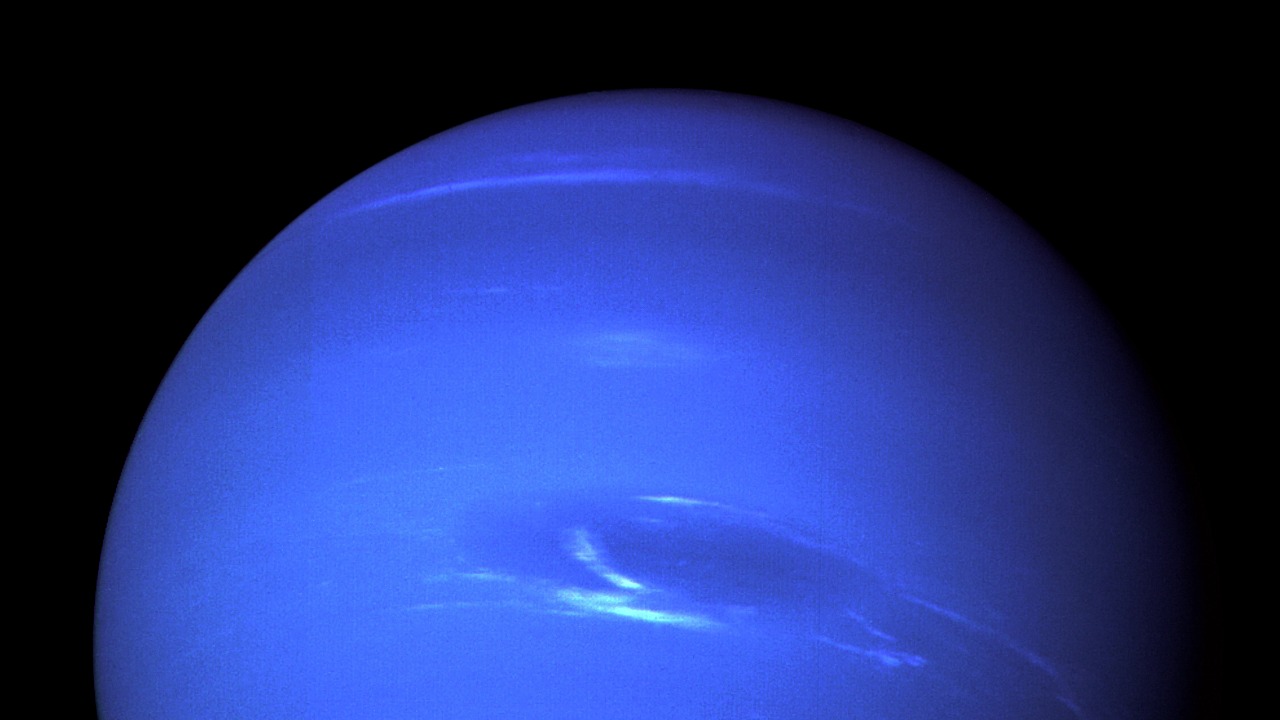
The enigmatic allure of Neptune has long captivated astronomers and scientists alike, with recent studies suggesting the possibility of vast oceans of liquid diamond beneath its surface. This intriguing hypothesis not only challenges our understanding of planetary formation but also opens new avenues for exploration and discovery in the realm of planetary science.
The Mysterious Composition of Neptune
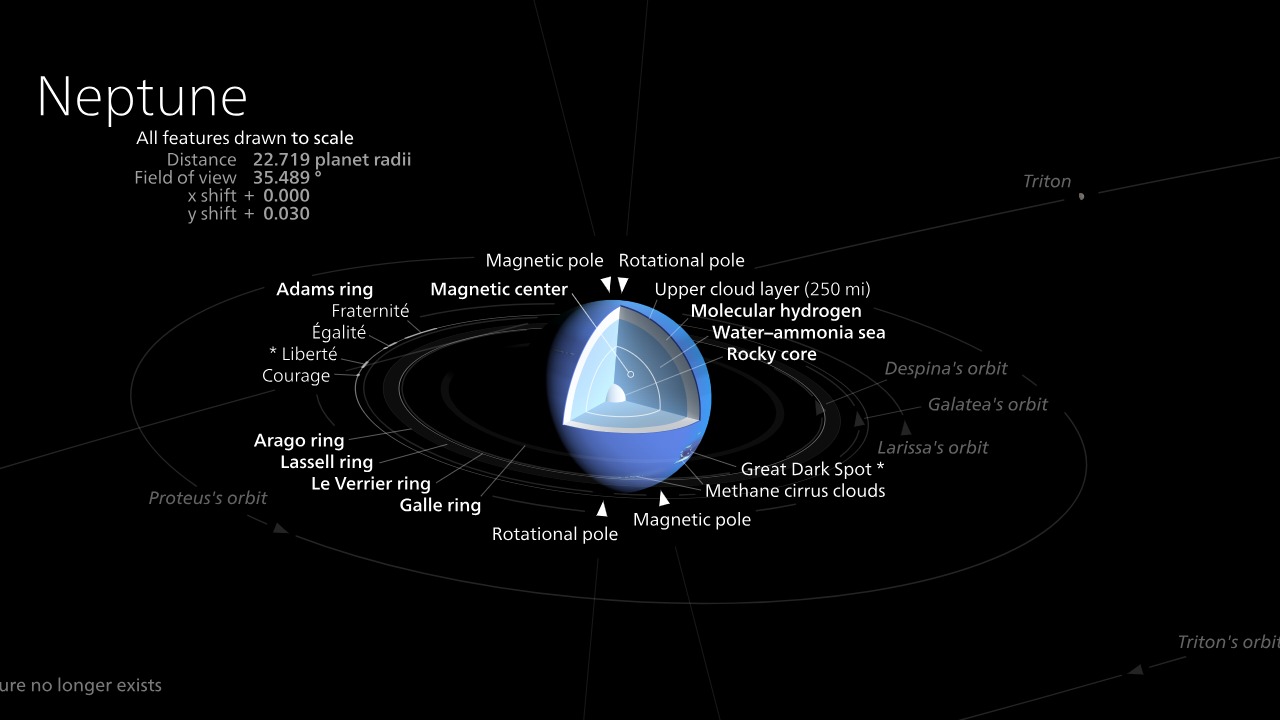
Neptune, the eighth planet from the Sun, is a gas giant with a complex atmospheric and internal structure. Its atmosphere is primarily composed of hydrogen, helium, and methane, which gives the planet its striking blue hue. Beneath this gaseous envelope lies an icy mantle, consisting of water, ammonia, and methane ices. The core of Neptune is believed to be rocky, surrounded by a thick layer of water, ammonia, and other volatiles, although its exact composition remains largely speculative.
To unravel the mysteries of Neptune, scientists rely on a combination of telescopes and spacecraft. Ground-based telescopes, such as the Keck Observatory in Hawaii, provide valuable data on the planet’s atmospheric composition and weather patterns. Space missions like Voyager 2, which flew by Neptune in 1989, have provided critical insights into its structure and dynamics. Recent advancements in remote sensing and spectroscopy have further enhanced our ability to study Neptune from afar, offering new clues about its internal makeup and potential for diamond oceans.
The Science Behind Diamond Formation
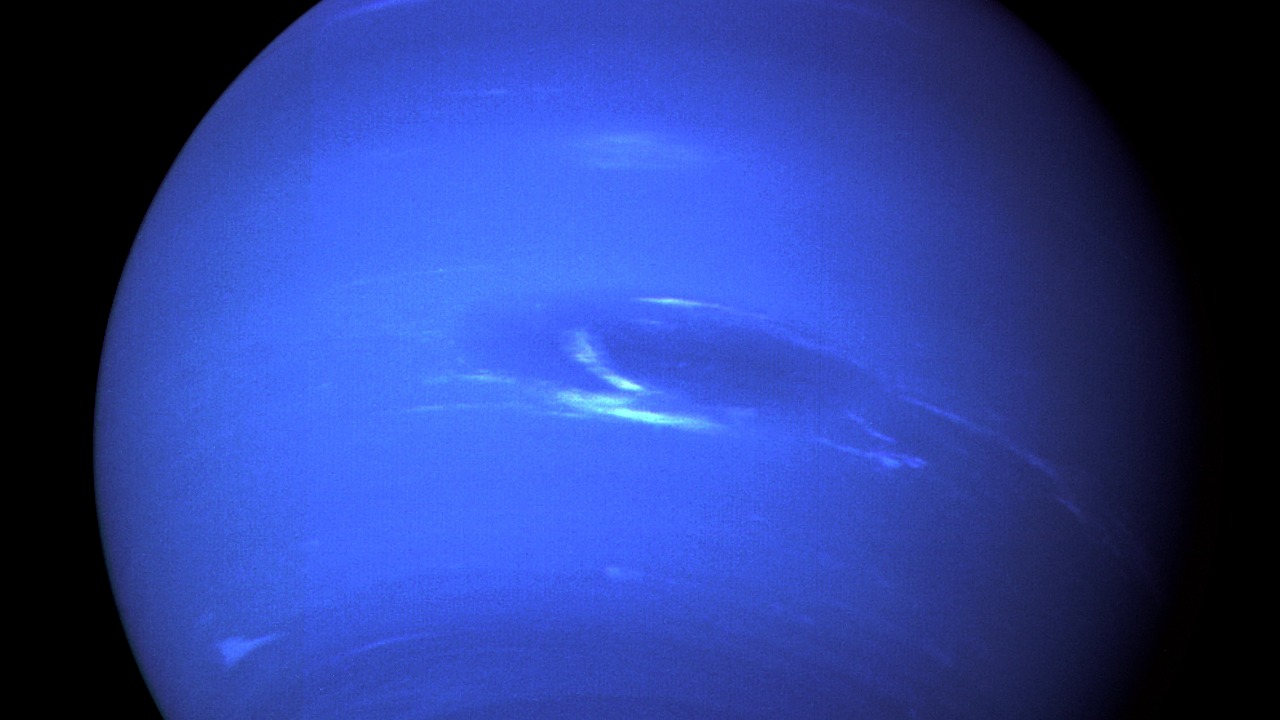
Diamonds are formed under conditions of extreme pressure and temperature, where carbon atoms are forced into a crystalline lattice. On Earth, this typically occurs deep within the mantle, where pressures exceed 45,000 atmospheres and temperatures reach 1,200 degrees Celsius. For diamonds to form on Neptune, similar conditions must exist within its interior, where pressures can reach millions of atmospheres due to the planet’s immense gravitational forces.
Laboratory experiments have been conducted to simulate the conditions found inside Neptune and explore the possibility of diamond formation. These experiments, often involving high-pressure apparatuses like diamond anvil cells, mimic the extreme conditions of Neptune’s interior. Recent research efforts have shown that methane, present in Neptune’s atmosphere, can decompose into hydrogen and carbon under high pressure, with the carbon atoms potentially forming diamond structures. Such findings bolster the hypothesis of diamond oceans existing within Neptune.
Evidence Supporting Diamond Oceans
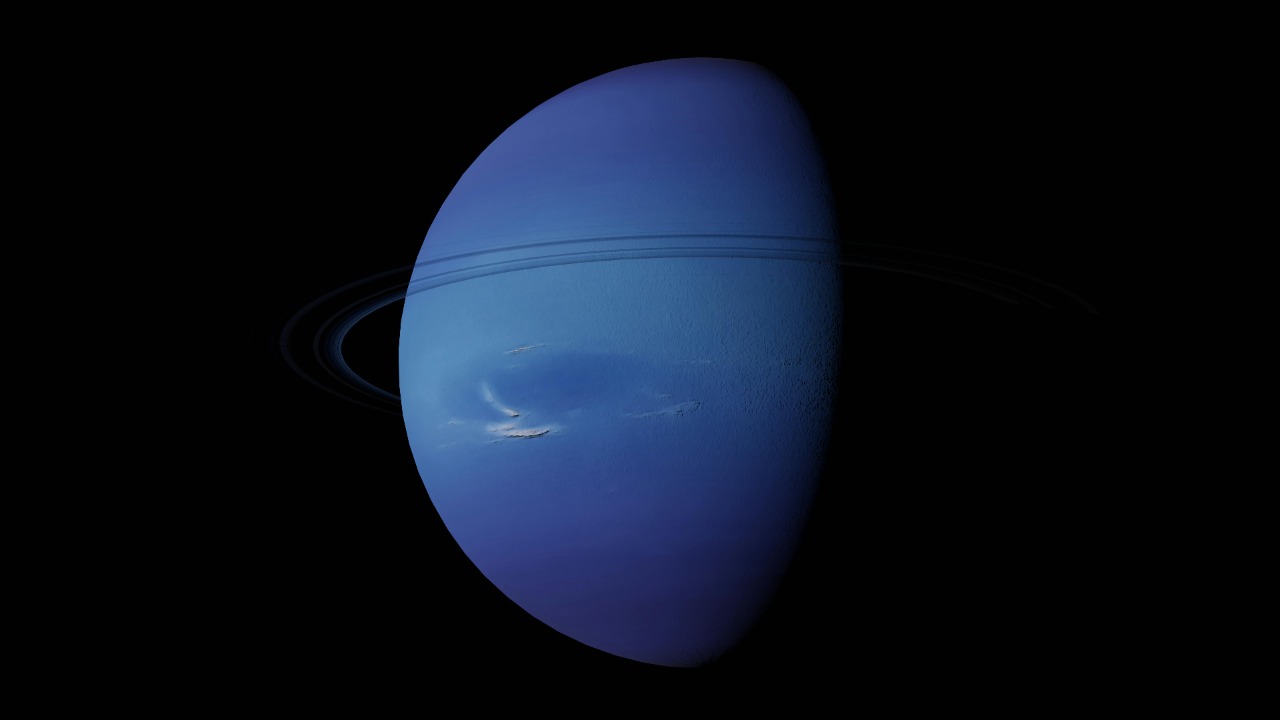
Seismic and theoretical models offer compelling evidence for the existence of diamond oceans on Neptune. Seismic data, although challenging to obtain from such distant planets, provides insights into the planet’s internal structure and dynamics. Researchers use this data to develop models that predict the presence of diamond layers deep within Neptune’s interior. These models suggest that a significant portion of the icy mantle could consist of liquid diamond, a notion supported by theoretical calculations and simulations.
Observational data from space missions and telescopic observations further support the diamond ocean hypothesis. Instruments aboard spacecraft and Earth-based telescopes capture data on Neptune’s atmospheric composition and thermal emissions, which are analyzed to infer the planet’s internal conditions. Some interpretations of this data suggest that conditions within Neptune are conducive to the formation of liquid diamond oceans, adding weight to the idea that such exotic features might exist.
Implications for Planetary Science
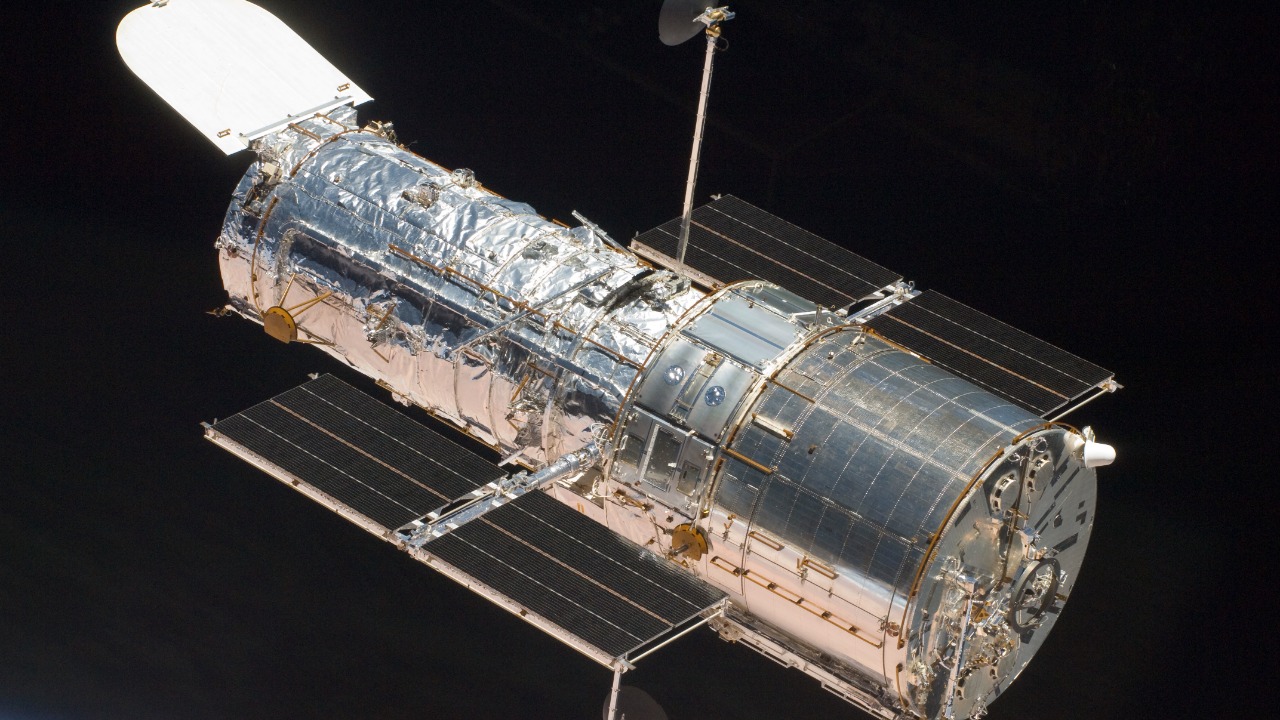
The potential existence of diamond oceans on Neptune has profound implications for our understanding of planetary formation. Traditional models of gas giant formation focus on the accumulation of gas and ices around a rocky core, but the presence of diamond oceans suggests more complex processes at play. Understanding these processes could reshape theories of how planets develop and evolve, not only in our solar system but also in distant exoplanetary systems.
The broader relevance of this research extends to astrophysics and cosmology, where the discovery of diamond oceans could enhance our understanding of other celestial bodies. By studying Neptune, scientists can draw parallels with similar ice giants like Uranus and even some exoplanets, potentially revealing new insights into their compositions and histories. This knowledge could significantly influence future research directions, encouraging the development of new methodologies and technologies to explore these distant worlds.
Future Exploration and Research Opportunities

Proposed missions to Neptune aim to uncover more about its enigmatic nature and the potential for diamond oceans. The Neptune Odyssey mission, for example, seeks to deploy an orbiter and atmospheric probe to study the planet’s composition and weather patterns in detail. Such missions would require significant technological advancements, particularly in propulsion and communication systems, to ensure successful exploration of this distant world.
Despite the exciting prospects, scientists face several challenges in confirming the existence of diamond oceans on Neptune. The vast distance from Earth makes direct observation difficult, necessitating sophisticated instruments and innovative approaches. However, the potential scientific breakthroughs, such as understanding the conditions that allow for diamond formation on a planetary scale, could revolutionize our knowledge of the solar system and beyond.
The pursuit of knowledge about Neptune and its possible diamond oceans continues to inspire and challenge scientists worldwide. As technology advances and new missions are planned, the mysteries of this distant planet may soon be unveiled, offering a deeper understanding of the universe and our place within it.